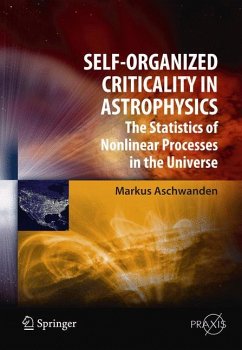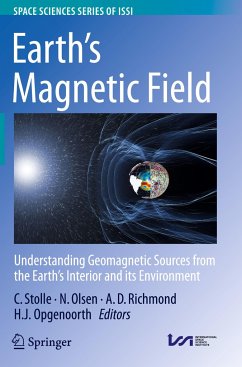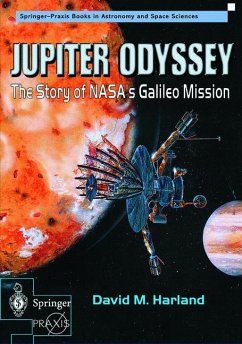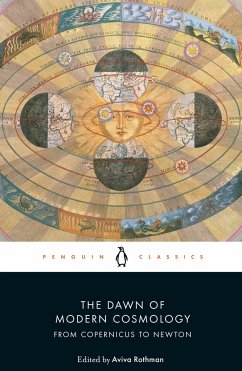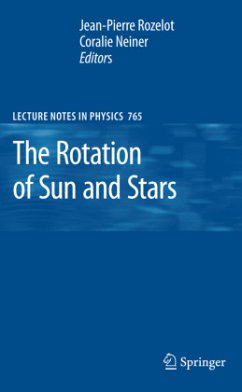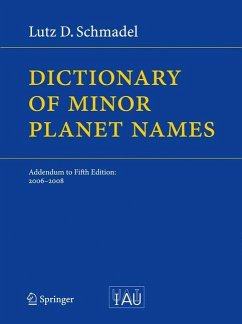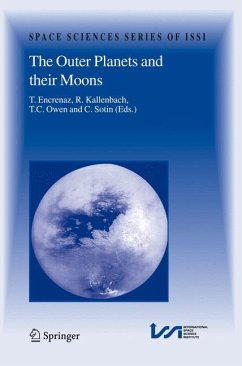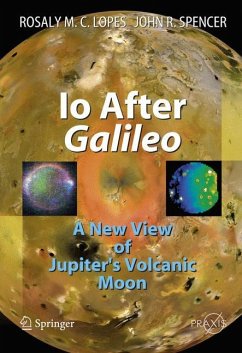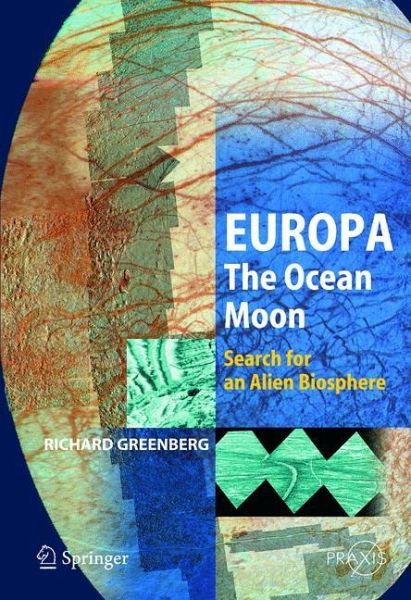
Europa - The Ocean Moon
Search For An Alien Biosphere
Versandkostenfrei!
Versandfertig in 1-2 Wochen
115,99 €
inkl. MwSt.
Weitere Ausgaben:

PAYBACK Punkte
58 °P sammeln!
Europa - The Ocean Moon tells the story of the Galileo spacecraft probe to Jupiter's moon, Europa. It provides a detailed description of the physical processes, including the dominating tidal forces that operate on Europa, and includes a comprehensive tour of Europa using images taken by Galileo's camera. The book reviews and evaluates the interpretative work carried out to date, providing a philosophical discussion of the scientific process of analyzing results and the pitfalls that accompany it. It also examines the astrobiological constraints on this possible biosphere, and implications for...
Europa - The Ocean Moon tells the story of the Galileo spacecraft probe to Jupiter's moon, Europa. It provides a detailed description of the physical processes, including the dominating tidal forces that operate on Europa, and includes a comprehensive tour of Europa using images taken by Galileo's camera. The book reviews and evaluates the interpretative work carried out to date, providing a philosophical discussion of the scientific process of analyzing results and the pitfalls that accompany it. It also examines the astrobiological constraints on this possible biosphere, and implications for future research, exploration and planetary biological protection. Europa - The Ocean Moon provides a unique understanding of the Galileo images of Europa, discusses the theory of tidal processes that govern its icy ridged and disrupted surface, and examines in detail the physical setting that might sustain extra-terrestrial life in Europa's ocean and icy crust.





